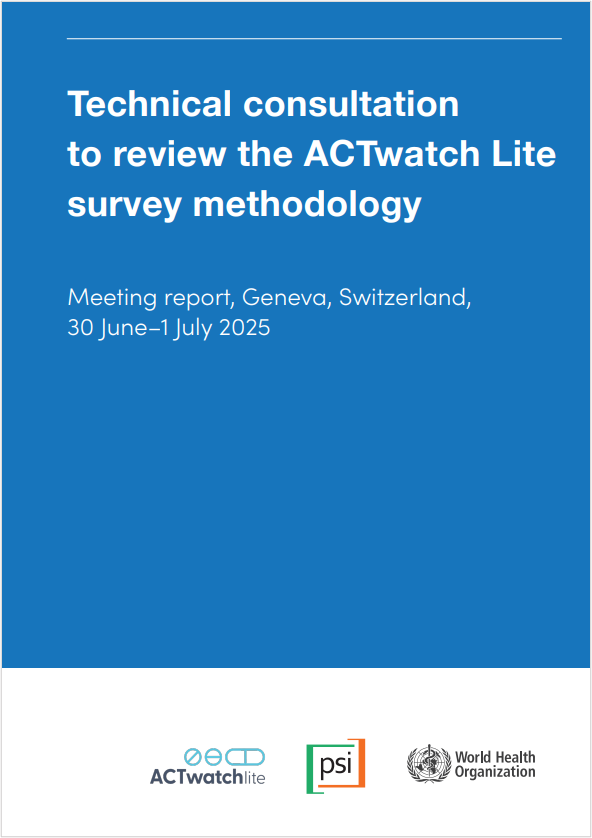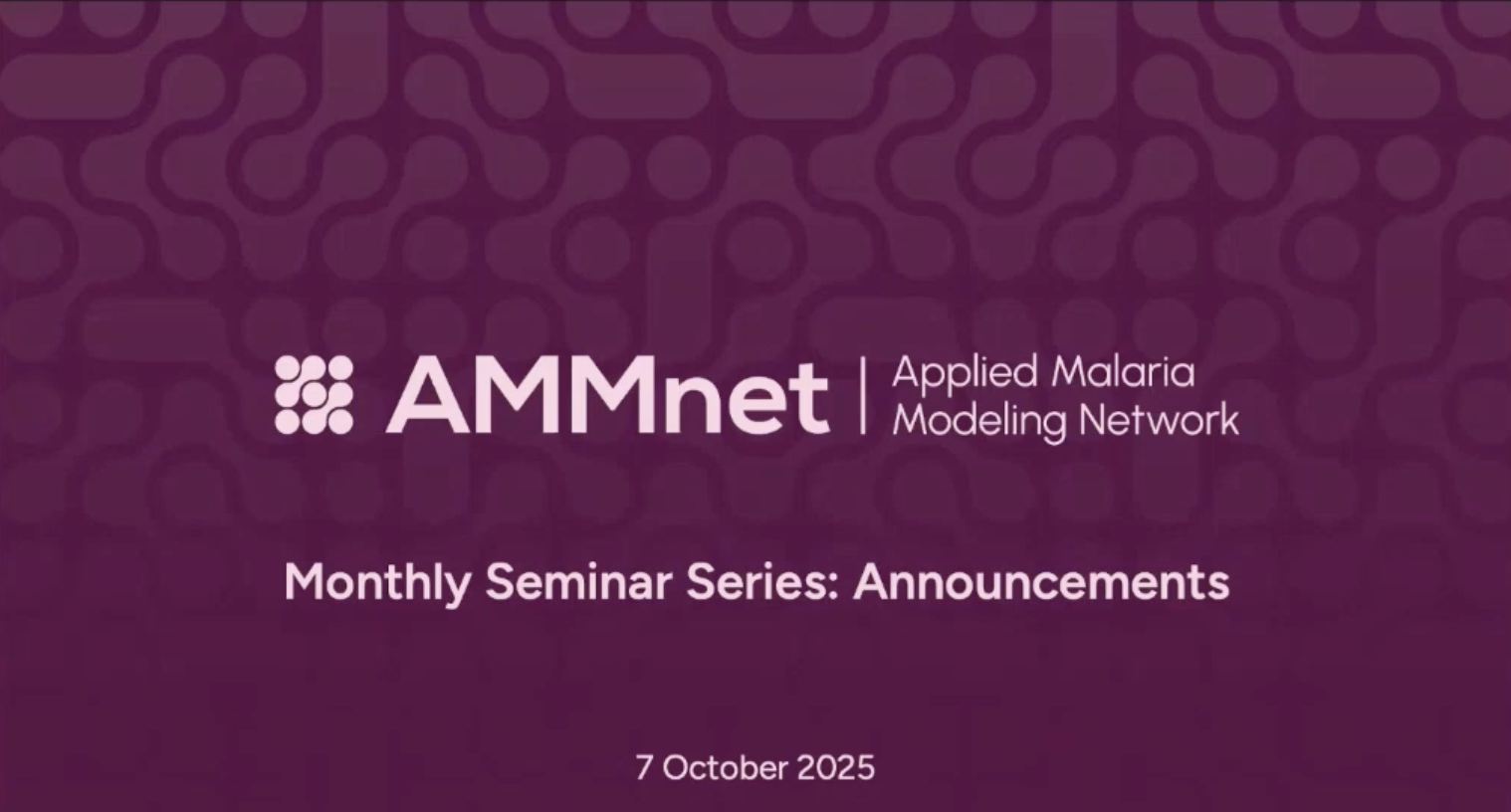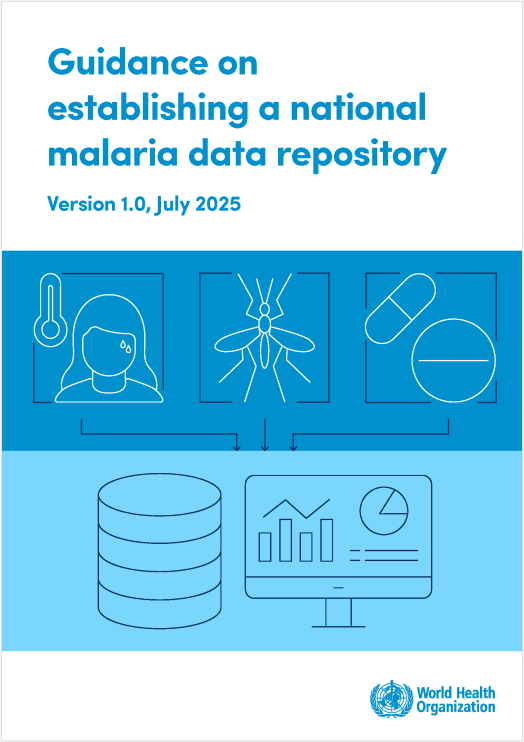Last Updated: 29/01/2025
An innovative resistance prediction marker that brings an end to the cat-and-mouse game between new malaria drug development and the emergence of drug resistance
Objectives
*Original title and text were machine translated from Japanese.
This study aims to develop a marker that can predict the future emergence of resistance from a single drop of blood.
Malaria is a fatal parasitic disease and one of the three major infectious diseases in the world. Plasmodium falciparum, which is the most severe and has the widest distribution, has become resistant to all drugs to date. Genetic markers that can easily detect the resistance state are extremely useful tools, but current resistance markers are only tools to monitor the spread of drug-resistant malaria in nature and cannot predict the emergence of resistance itself in advance. As for the first goal, the construction of an accelerated evolution system, mutations (D321A and E323A) were introduced into the DNA polymerase δ of the 3D7 strain using CRISPR/Cas9, and ultimately succeeded in creating four Plasmodium falciparum mutator clones. Using this accelerated evolution system, current work is being done on creating strains resistant to various antimalarial drugs. For resistance evolution analysis, the project will determine the whole genome and comprehensive transcription data and analyze them in the second year. The basic framework for this analysis has been almost completed by the co-researchers, and the development of a mutation accumulation simulation program has also been completed. Using these, it is highly likely that it will be possible to estimate the accumulation of resistance-related mutations for each gene along the evolutionary timeline from susceptibility to resistance.
Jun 2022 — Mar 2025
$44,422


